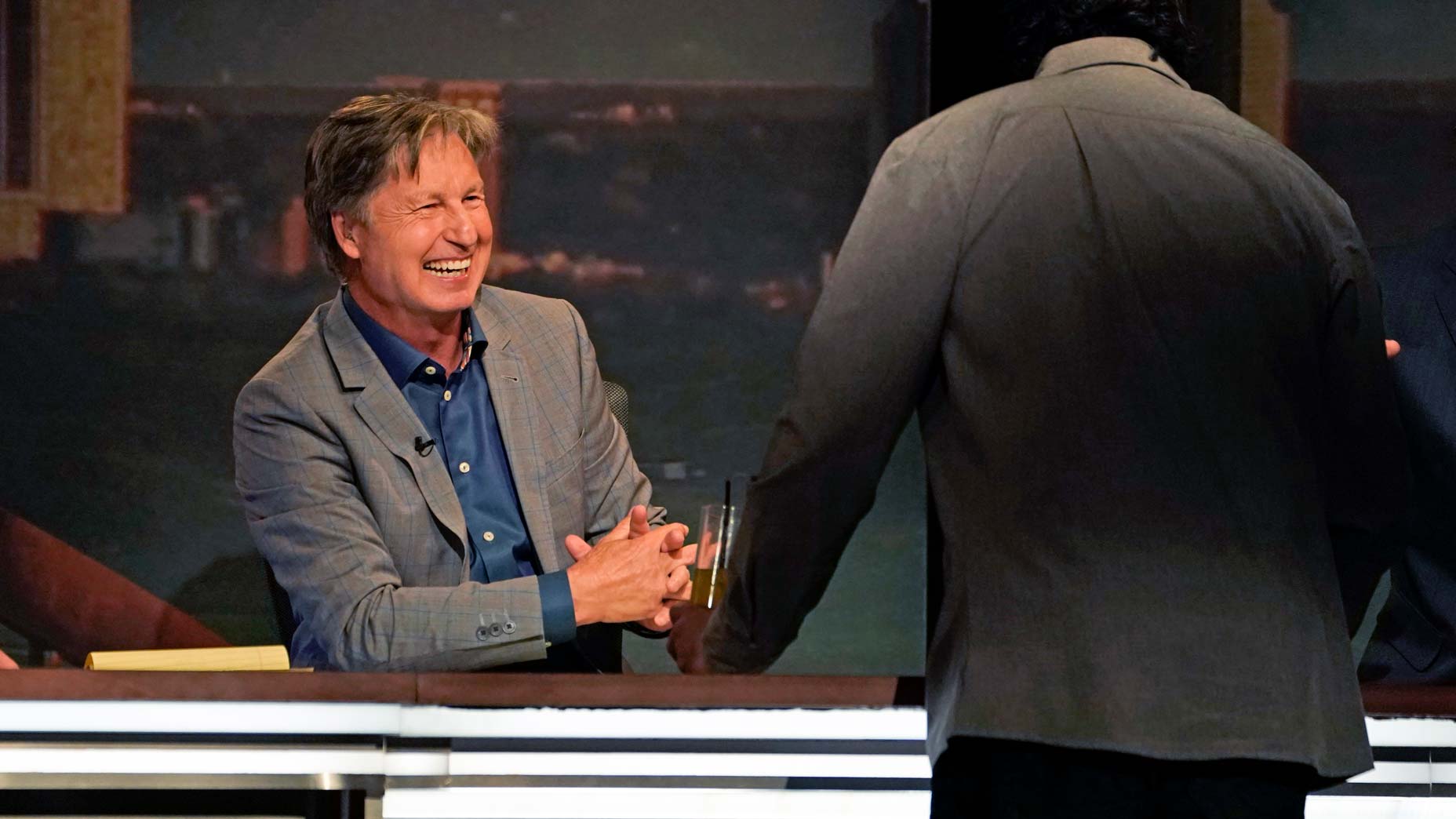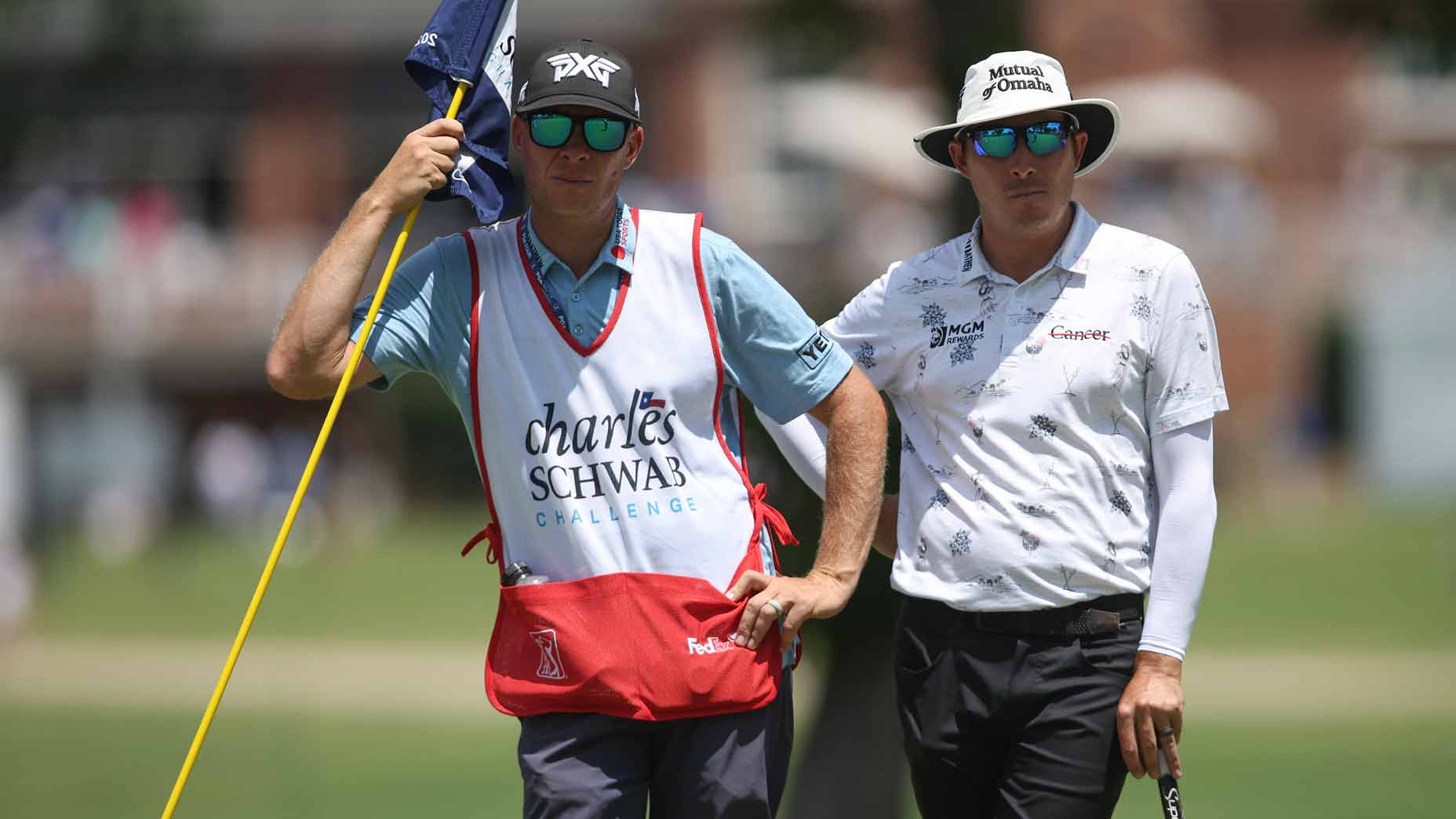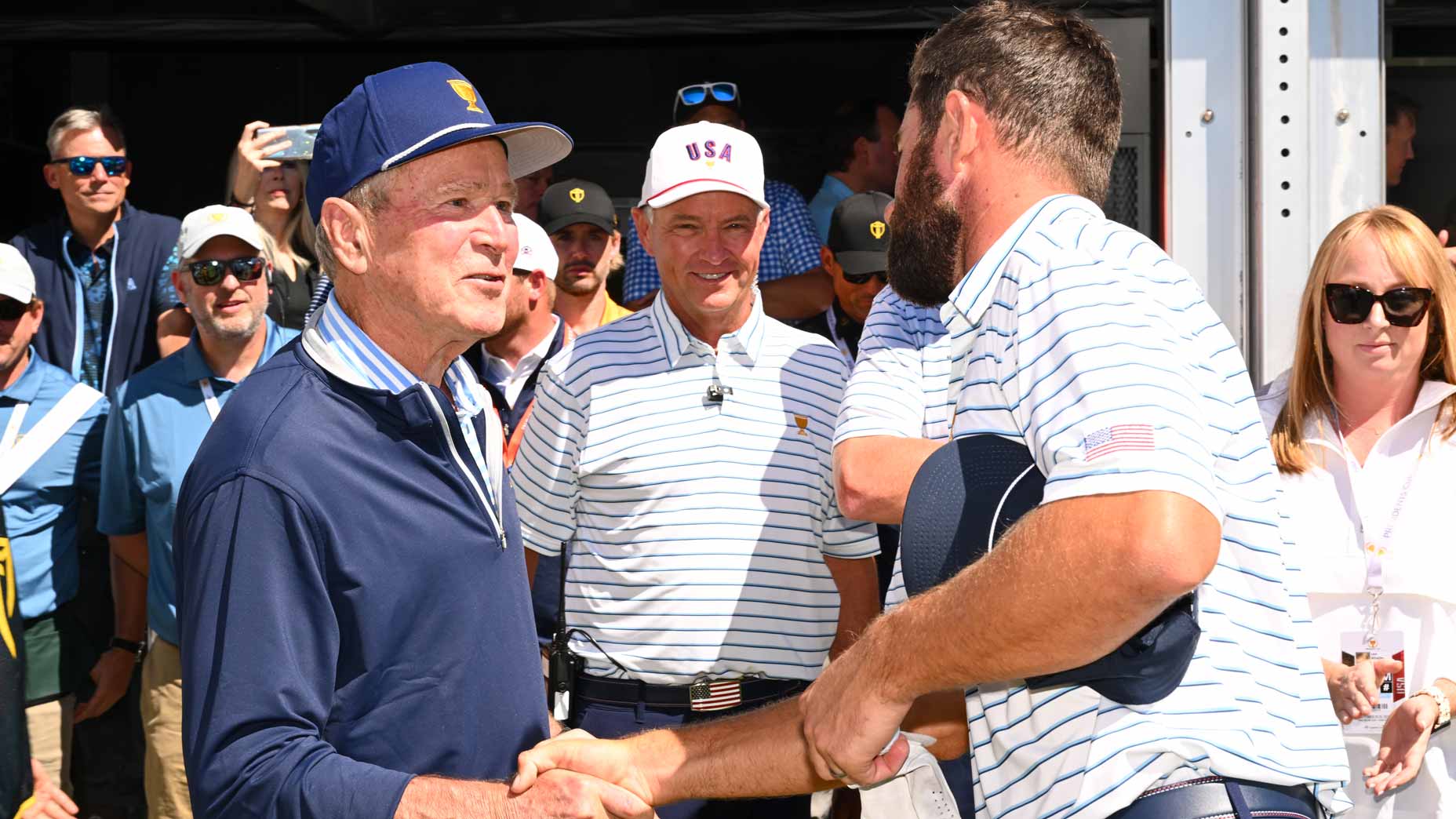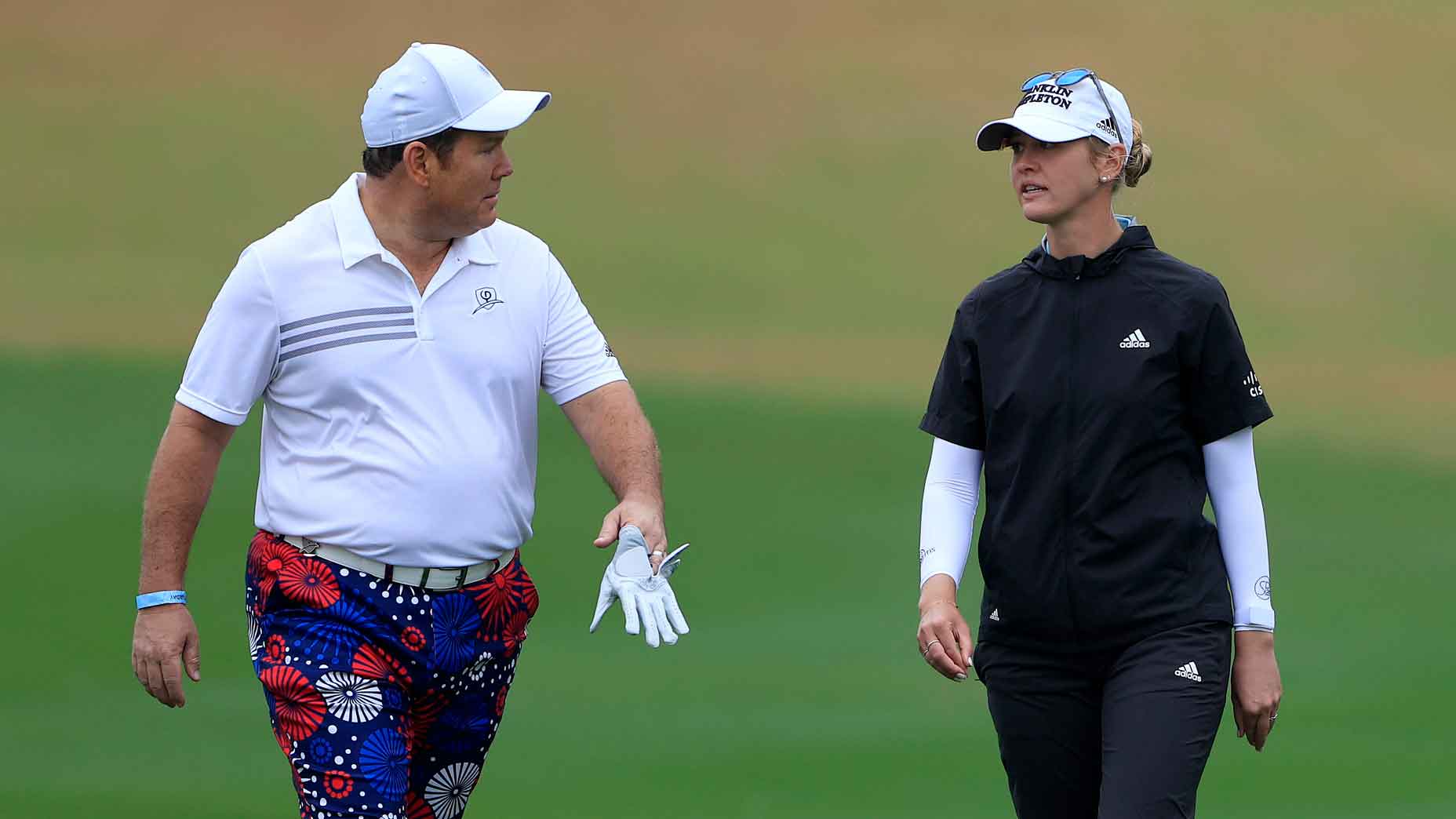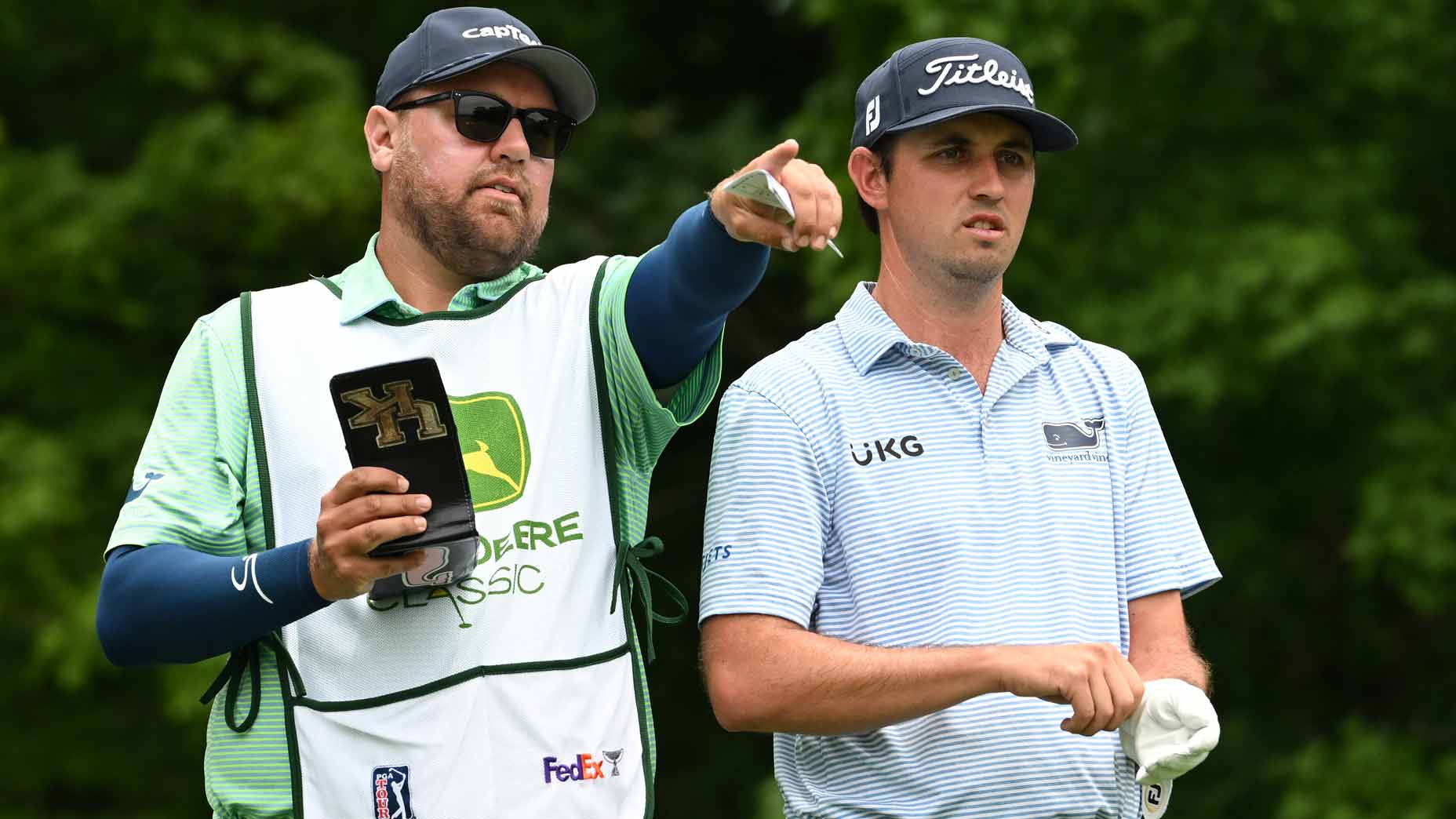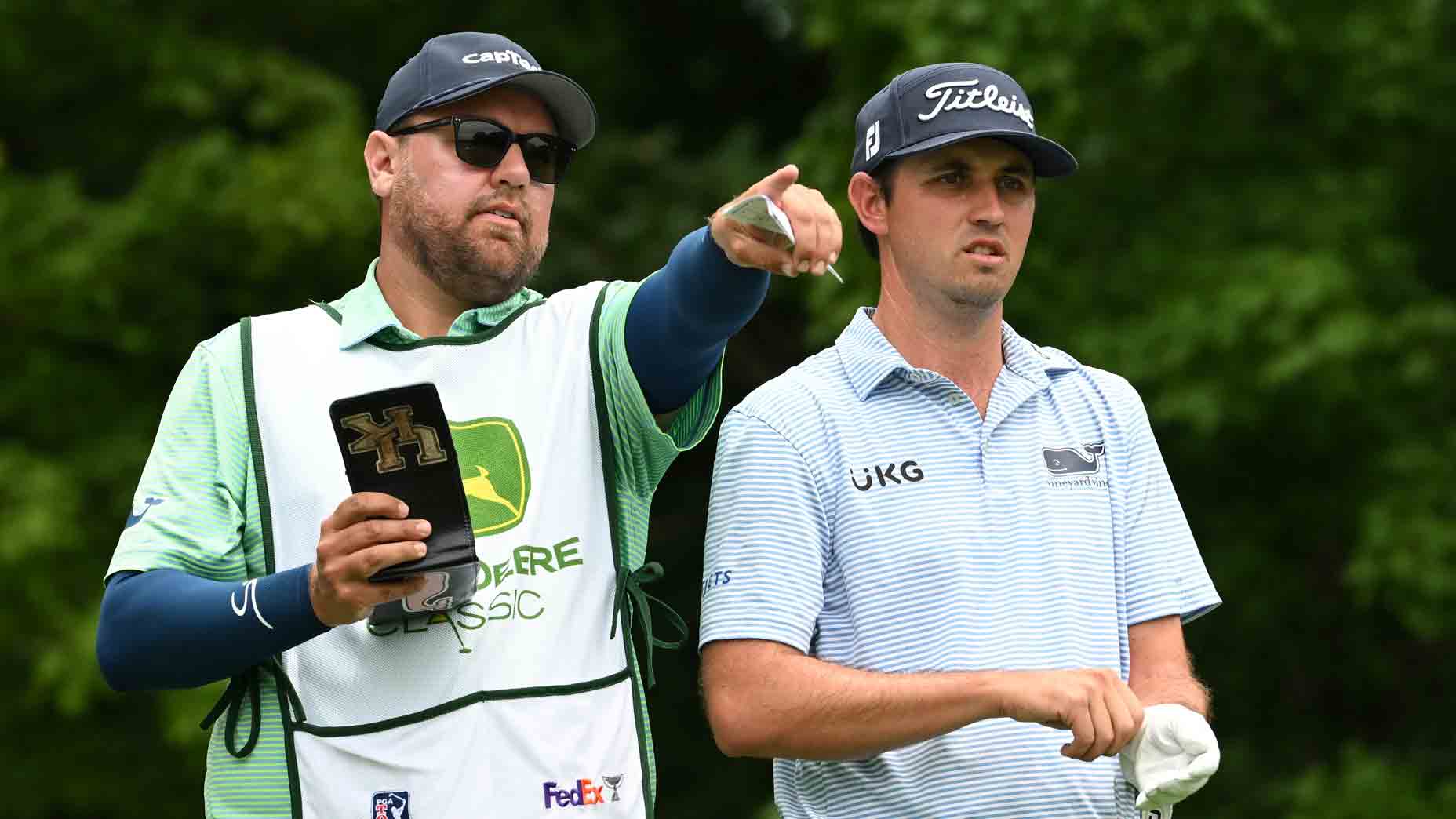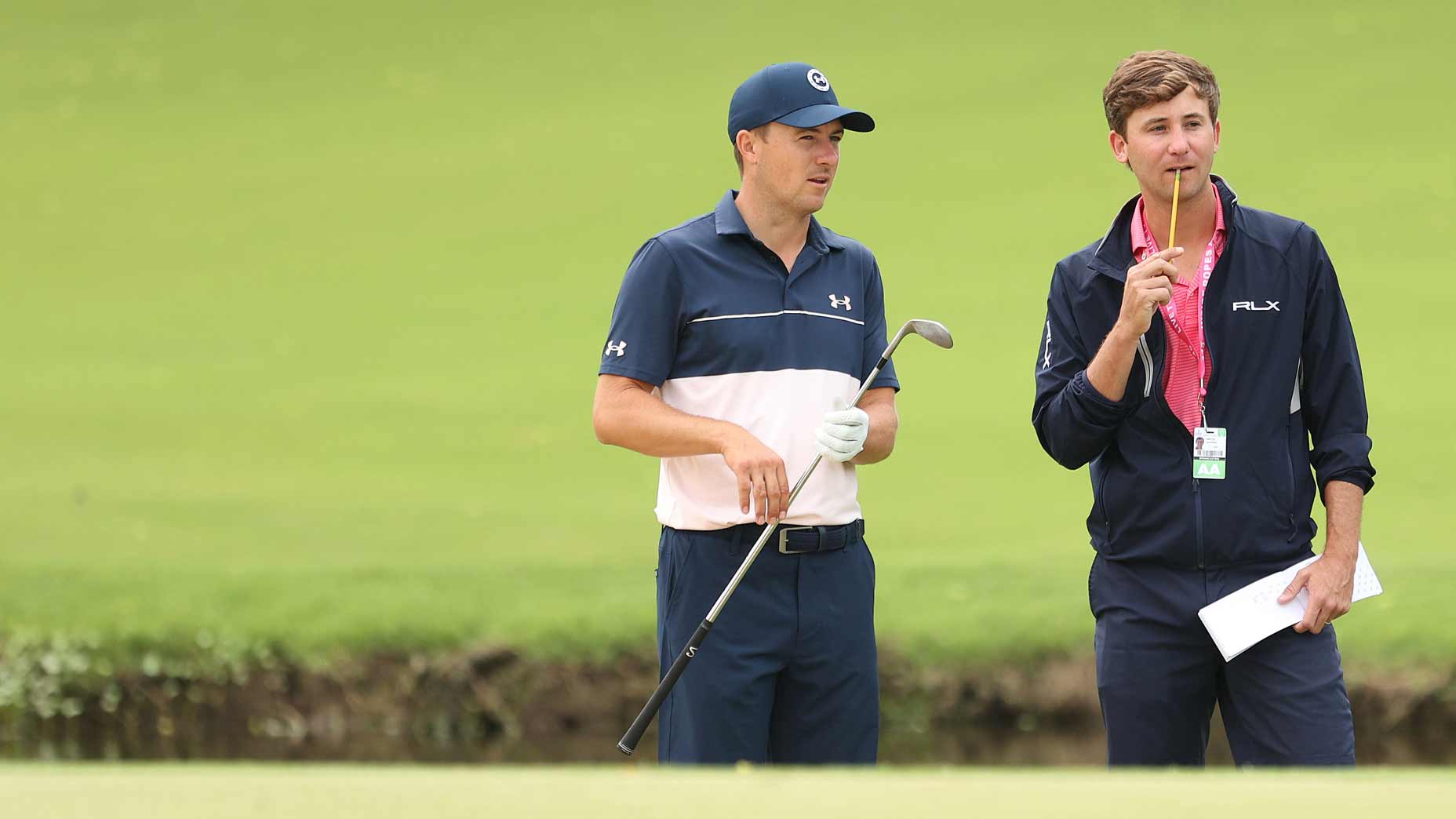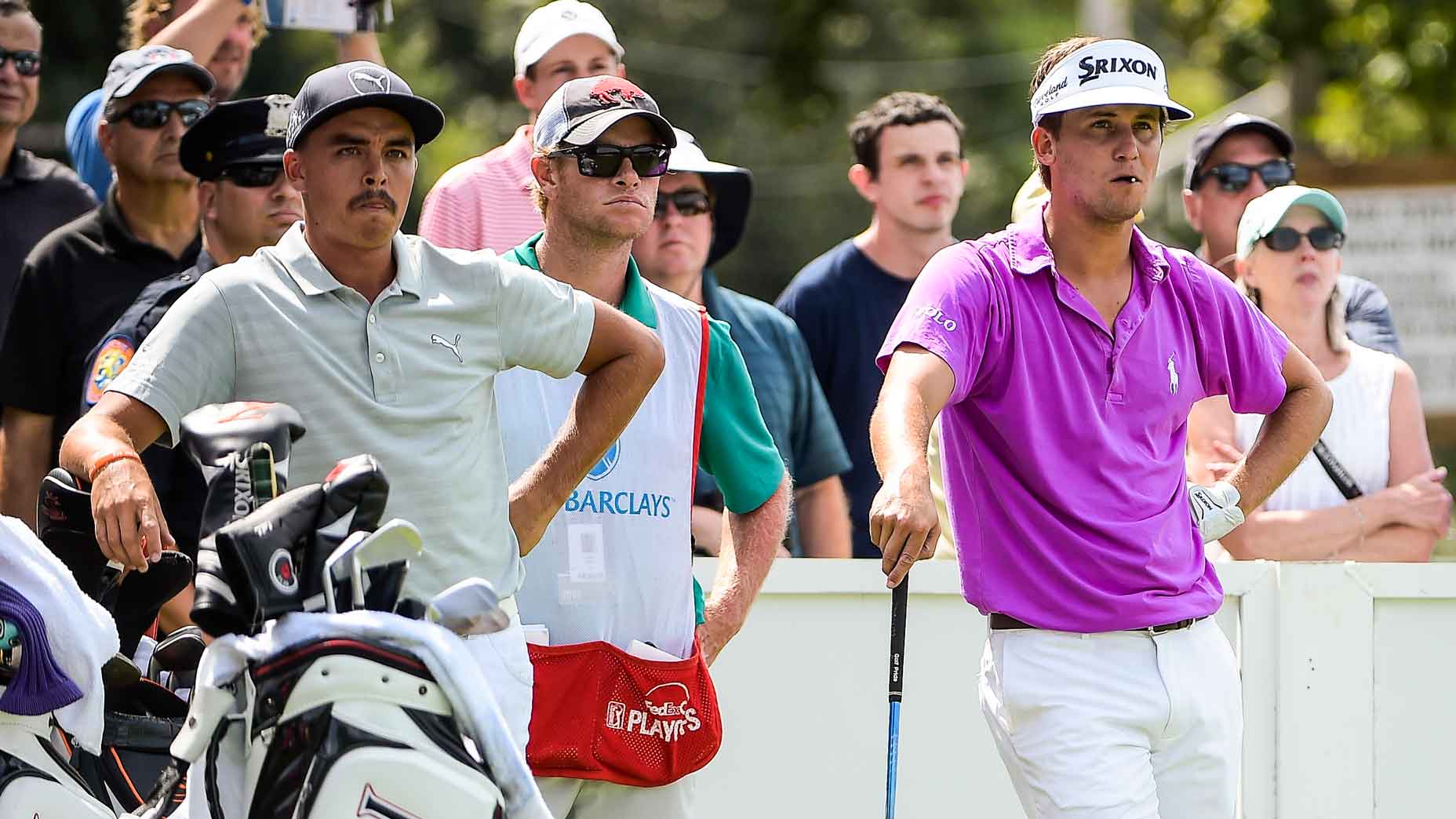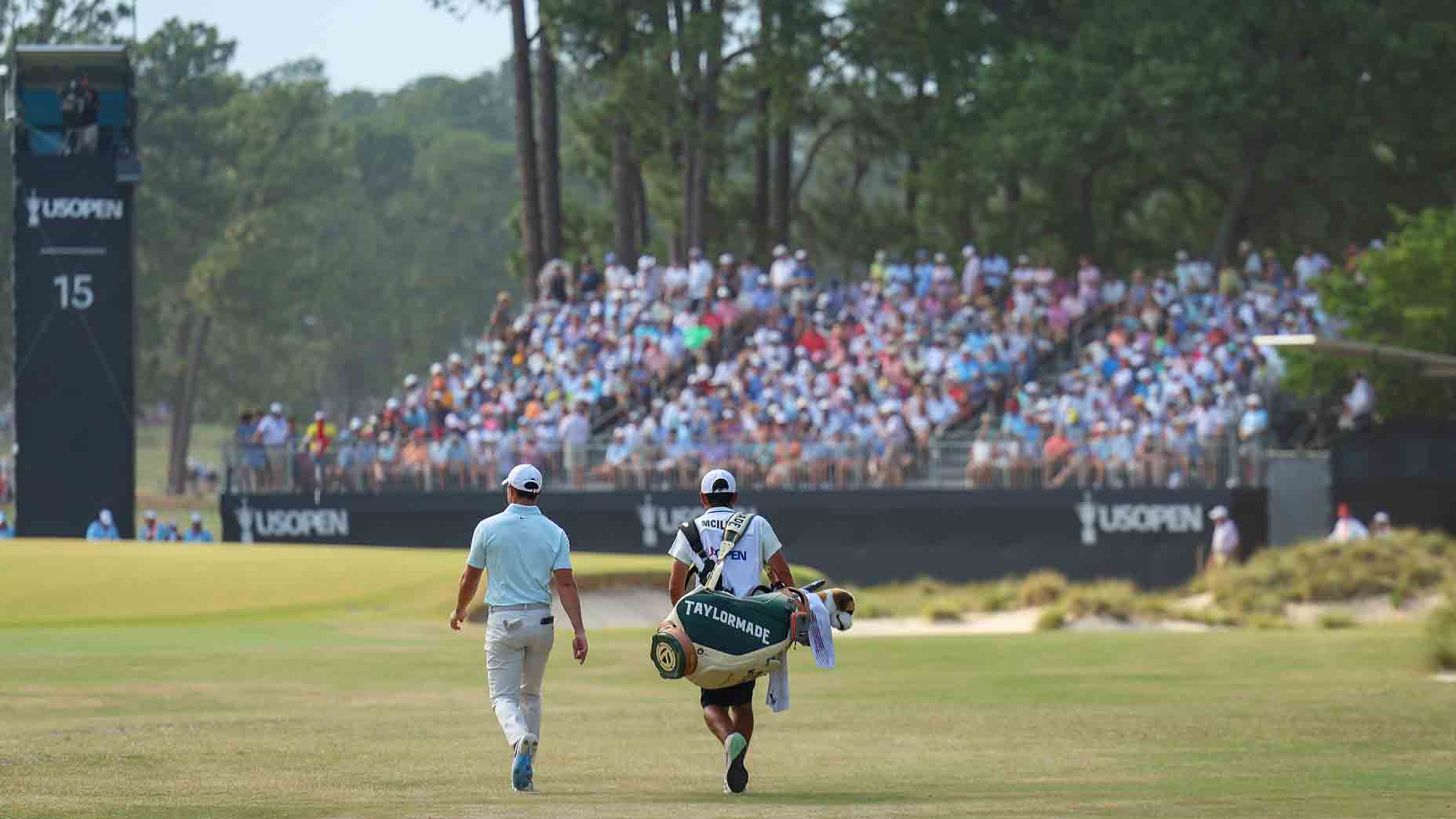There’s nothing better than a good ol’ GOAT debate on social media, and the Jack Nicklaus vs. Tiger Woods argument has been raging for years. One player has the highest major total of all time (Nicklaus, with 18) while the other (Woods) is the most dominant player of his era. Is it even possible to compare the two?
It’s a question Golf Channel analyst Brandel Chamblee is asked all the time, and on this week’s episode of GOLF’s Subpar, Chamblee explained to hosts Colt Knost and Drew Stoltz why the debate is more complicated than people think.
“I’m constantly asked, ‘Is Tiger Woods the greatest player ever?’ And so I’m always looking at another way to come full circle on that debate,” Chamblee says. “Tiger Woods has a 22 percent win percentage right now, and he’s about to turn 44. And people will — and I’ve been guilty of this — you start to look at his win percentage and you’re like, that’s it, game over. He won by the most shots, he has the highest win percentage.”
But those stats, as it turns out, don’t tell the whole story.
“When you look at Jack Nicklaus’ win percentage, 12 percent, it got watered down because of post-50 golf,” Chamblee says. “But if you look at what his win percentage was when he was 44 years of age, it was 16 percent, so six percent difference [when compared to Tiger’s]. And that sounds like a lot. But not really when you start look at what who his competition was versus who Tiger’s was.
“Tiger’s three biggest competitors were Phil [Mickelson], Ernie [Els] and Vijay [Singh],” Chamblee continues. “Now, Phil’s win percentage was seven precent, Ernie’s was three and Vijay’s was five. So you put that together and that’s a five percent win percentage of the three biggest players that he could face. Nicklaus faced [Arnold] Palmer at a 10 percent win percentage, [Billy] Casper at nine percent, and then you start to go [Gary] Player at six percent, [Lee] Trevino, [Tom] Watson, you add all that up and he had five or six players who had a win percentage that far exceeded the win percentage of Tiger’s three biggest competitors. So Tiger did not have the competition that Jack had. Just didn’t have it. He did not ever face as dominant of players, as strong of players, both in terms of win percentage and in numbers, that Jack had. So, again, I think the gap gets a little narrower there.”
Another player that Chamblee believes deserves to be mentioned in the GOAT conversation is Ben Hogan.
“Once you start looking at Hogan, Hogan then comes into the argument in a much, much bigger way,” Chamblee continues. “The idea that only majors defines who the greatest players are is a ridiculous argument. Hogan only won nine majors. He only played in 58. Jack played in 164. Tiger played in 84. Who’s going to win more majors? The guy who plays in the most. But Hogan was handicapped obviously because of the injury, and because, let’s just say, WWII interrupted things.”
Ultimately, we may just have to wait for a few more years before we’ll have an answer.
“That’s a debate that’s never going to end,” Chamblee says. “Until Tiger ends his career, we’re never going to stop debating who was the best player.”
For more from Chamblee, including a discussion of his own pro golf career, why it’s not his job to be friends with Tour players, and more, check out a video of the full interview below.

